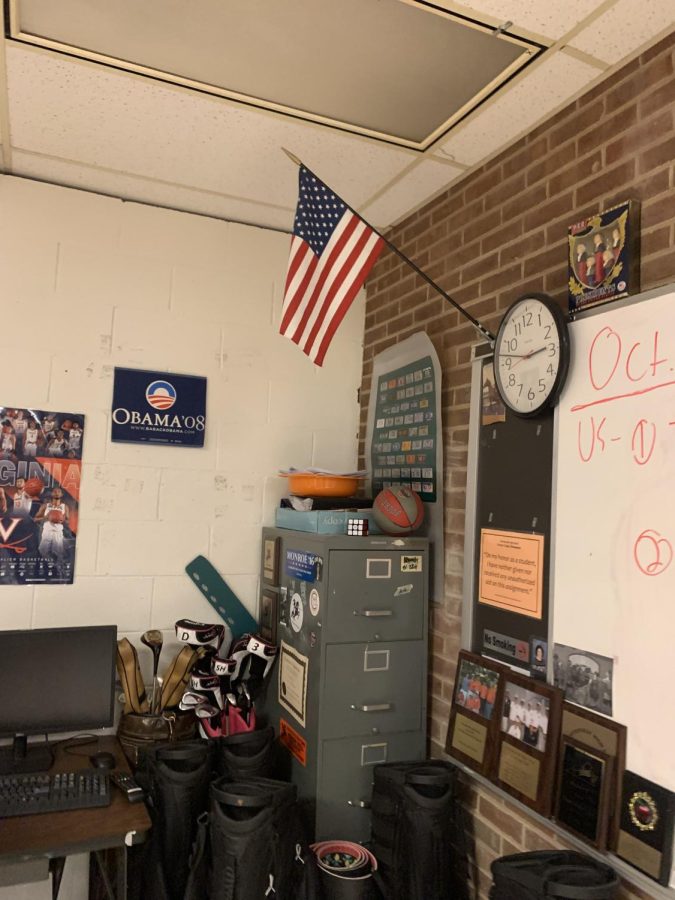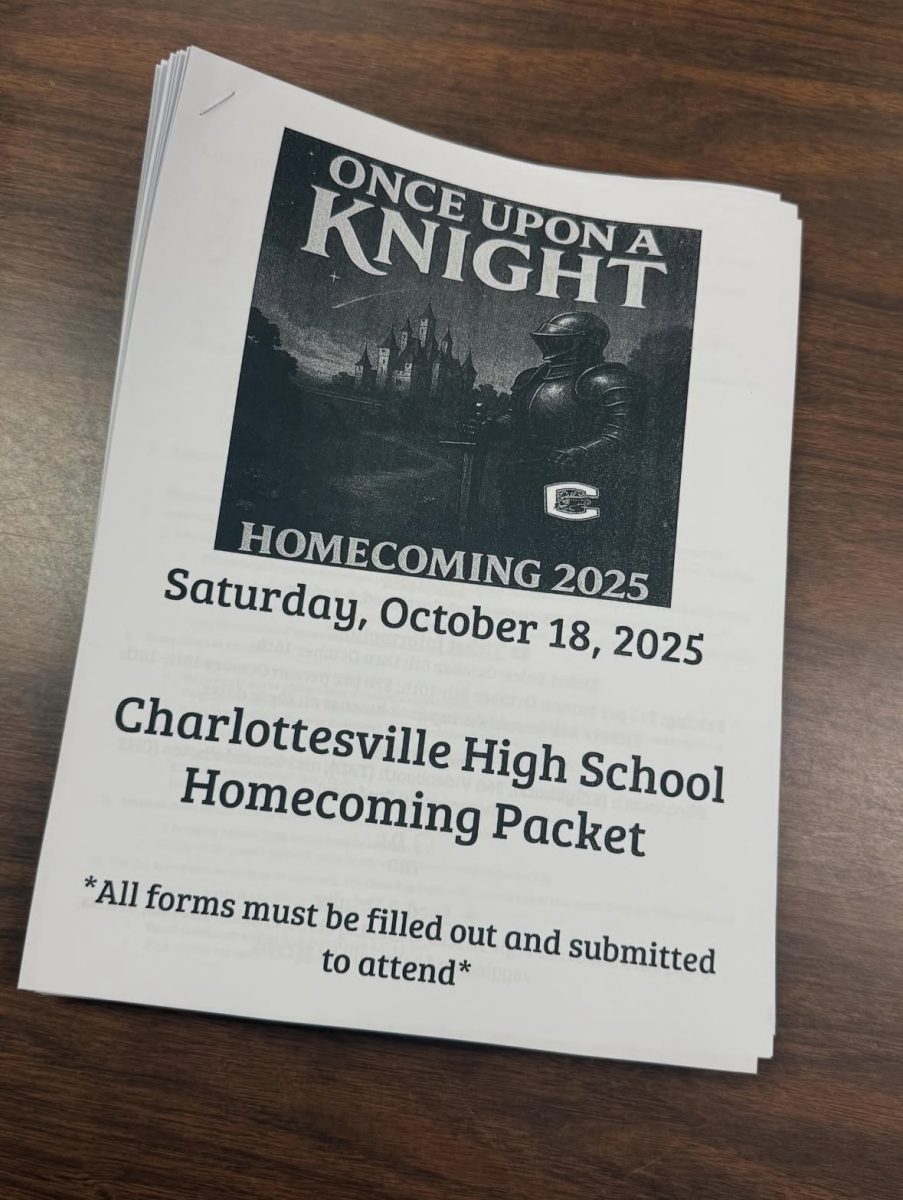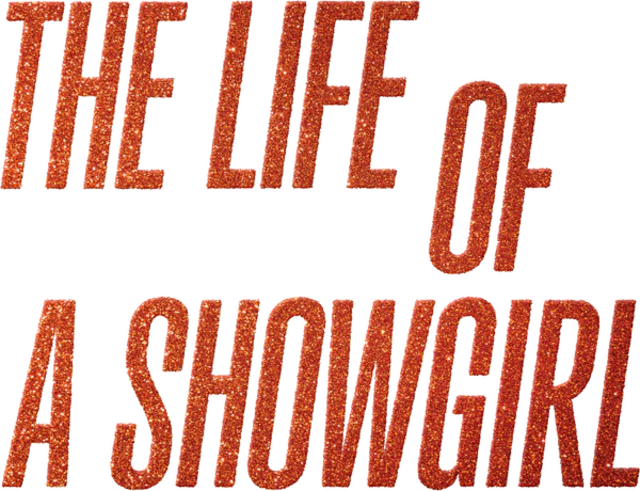What Are We Pledging To?
Mr. O’Grady’s classroom flag
November 2, 2022
I pledge allegiance to the flag of the United States of America, and to the republic for which it stands, one nation under god with liberty and justice for all. This is ingrained into every public student’s head from kindergarten. When students are younger, saying the pledge is a requirement, or at least feels like it. When kids start developing self autonomy the question of whether or not standing or saying the pledge is worth it, is more prevalent. Students start questioning politics and institutions when entering their teen years. With that, comes questioning the ideals of the country we live in, our school system and the environment we were raised in. These questions, combined with social pressure and the current political climate, have caused CHS students to stop standing for the pledge of allegiance.
Ms. Hiller, a humanities teacher at CHS, has been here for a very long time. She remembers when the community shifted from standing and saying the pledge, to students sitting down. She says the shift happened, “about ten years ago and it just slowly started to happen, less and less kids stood up.” A few kids were still standing by 2020 but she says, “the last two years, since we came back from COVID, I don’t have anybody standing up.” She thinks the reason that students do not stand anymore is because, “they don’t view it as an important part of their patriotism. It’s not that I feel that they are not patriotic but, I don’t think that they feel that it is an important way to represent their patriotism. It is also conformity, it is very convenient for them to sit down when they look around and see everyone else sitting down.”
The convenience aspect of not standing also is influenced by social pressure. Humans, especially teens, are very influenced by what everyone else is doing and we consciously or subconsciously make our decisions based off of everyone else around us. Students are aware of this phenomenon and say it is one of the reasons they decide not to stand. A student, Ava Kuttner said that she stands, “depending on what school I am at.” Which implies that the CHS environment is different from other schools. The conformity at CHS to not stand could be completely different from the conformity pressure at another school, where the majority of people would stand.
Student, Brian Ebunga, commented on how the pledge is not a part of their American identity because they “do not like justice for all” part. It contradicts the actual state of our country because there is not justice for all. We are living in a time when racial equality is an extremely prevalent topic. Demands for equality in our institutions and our core beliefs have been at the front of news headlines for years. Colin Kaepernic took a knee during the national anthem in 2016, revitalizing the movement around racial justice, and asking more from our government. It is not surprising that this national movement has trickled down to children. Teenagers are passionate and want their voices to be heard, so it makes sense that the decision to sit and protest the language in the pledge has been taken upon by teens.
High school students already deal with major pressure to conform to their peers and the negative pressure put on the individuals who do stand for the pledge at CHS seems ginormous. Not standing because of pointing out the downfalls in our government system is perfectly legitimate and contributes to the progress of our nation. Every student needs to evaluate the actual reason why they make the choice to sit, or else teenagers continue the cycle of conformity and peer pressure that slowly erodes our patriotism as a nation.






